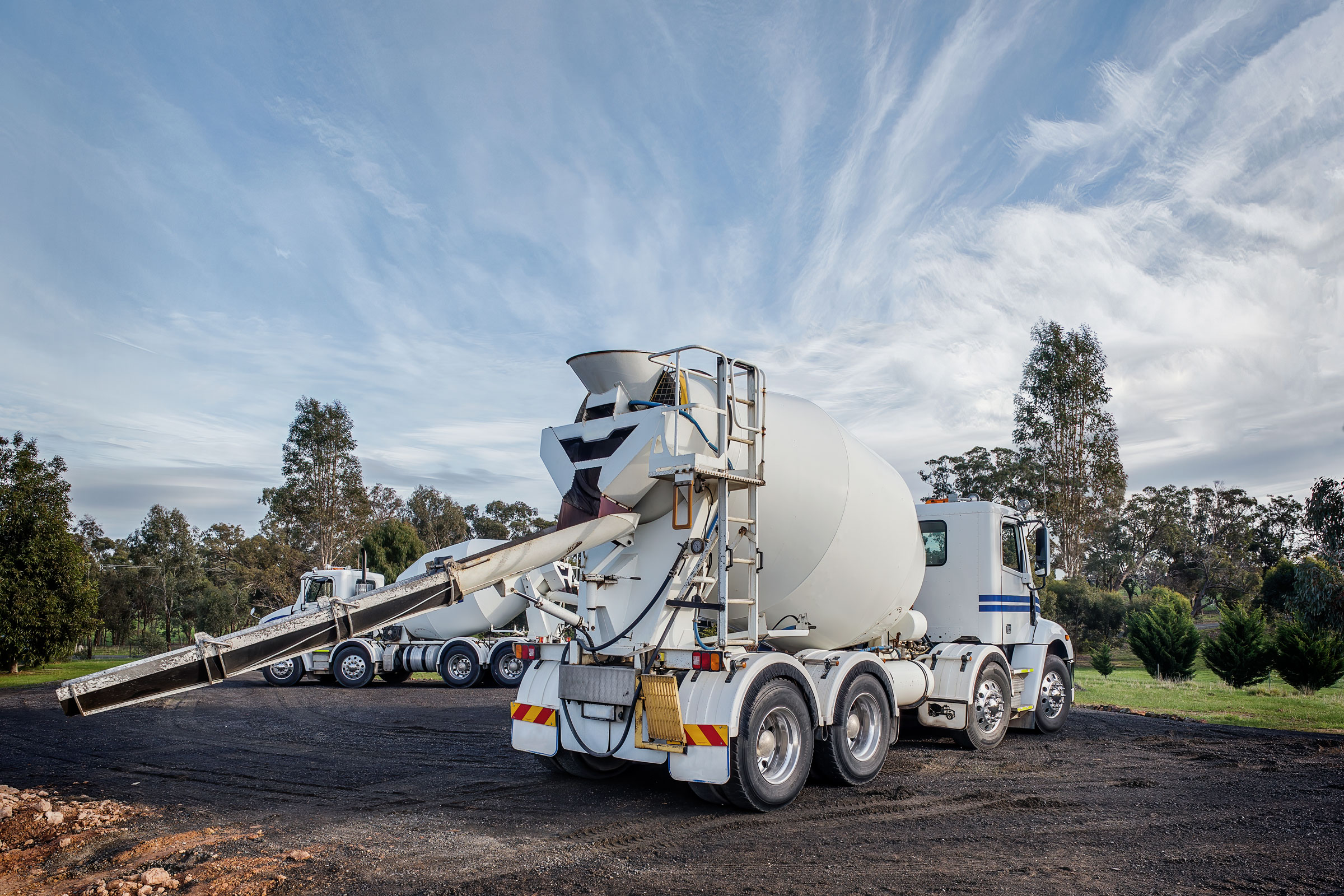Story at a glance:
- GCP shares solutions that protect strength and performance of cement.
- The green cement market is estimated to grow to $43.59 billion by 2027.
- Cement additive technologies first developed by GCP are enabling the cement industry to reduce approximately 65 million tons of CO2 per year.
The news is filled with promising reports of cement producers pursuing carbon neutral solutions, yet there is often little discussion of the myriad of challenges producers face in achieving this goal. Although there are exciting solutions available today to curb CO2 emissions, implementing these also requires multiple considerations to ensure they are maximizing value for the producer.
Investors Driving Climate Action
Producers are under considerable pressure to produce cement in a more sustainable way. Members of the Institutional Investors Group on Climate Change and Climate Action 100+, a coalition of money managers with more than $33 trillion under management, are urging European construction-material companies—including cement makers—to commit to reducing net CO2 emissions to zero by 2050. Investment group member and CEO of Ethos Foundation Vincent Kaufmann noted “an increasing number of investors seek to exclude highly carbon-intensive sectors from their portfolios to meet their decarbonization plans.”
In an annual letter to CEOs, asset management powerhouse BlackRock Inc. announced that climate change has become a defining factor in the companies’ long-term prospects, noting “over time, companies and countries that do not respond to stakeholders and address sustainability risks will encounter growing skepticism from the markets, and in turn, a higher cost of capital.”
The world’s largest asset manager with approximately $8.6 trillion in assets, BlackRock introduced numerous initiatives to place sustainability at the center of its investment approach, including making sustainability integral to portfolio construction and risk management; exiting investments that present a high sustainability-related risk, such as thermal coal producers; launching new investment products that screen fossil fuels; and strengthening its commitment to sustainability and transparency in its investment stewardship activities.

Ready Mix plant. Photo courtesy of B&B Concrete Company
Tying Sustainability and Strength
Despite these mounting pressures, it is not easy for the cement industry to make immediate adjustments. Being responsible for building materials that can last generations, producers are understandably wary of making changes unless there are assurances that they will preserve the integrity of their product. In other words, sustainability products must protect the strength and other desirable performance properties of the cement.
There are a number of solutions—both chemical and technical—that enable producers to do just that. There is no one-size-fits-all solution, however. Identifying the right choice for each plant involves a holistic approach that may encompass:
● Conducting lab tests to identify custom chemistries for specific cement and concrete systems
● Enhancing the efficiency of the ball mill or vertical mill
● Ensuring best-in-class execution during field trials and regular operations
One example is a cement plant customer in eastern Europe, who recently sought a grinding additive to facilitate a further 4% clinker replacement for their cement above the 3% reduction they were achieving with a traditional GCP Applied Technologies quality improver. GCP designed the new product, tested it onsite, and produced cement of the same fineness. The resulting strength was increased in the order of 10% at all ages, in addition to achieving an increase in cement mill output of more than 4%.
This enabled the plant to:
● Reduce clinker by the desired 4% by increasing the limestone content
● Reduce operational costs by over 2%
● Lower CO2 emissions by a further 6% on top of previous additive.
Capitalizing on New Market Opportunities
Accounting for 7% of global man-made CO2 emissions, cement is under the microscope when it comes to improving sustainability. Although there are goals like the International Energy Agency’s Sustainable Development Scenario to drive incremental change, it is likely that market opportunities are what will spur the industry forward. The green cement market is estimated to grow to $43.59 billion by 2027, providing a wealth of opportunities for producers who capitalize on these shifts.
Fortunately there are effective ways to help reduce embodied carbon in cement today through chemical cement additives. For instance, cement additive technologies first developed and introduced by GCP are currently enabling the cement industry to reduce approximately 65 million tons of CO2 per year. That represents roughly 3% of global cement CO2 emissions (one-year carbon emission reduction, on the basis of 2019 volumes).
Accelerating the Selection of Sustainable Additives
Using multiple chemicals together can often offer sustainability advantages that represent more than the sum of their parts. However, with so many cement chemistries and variables to choose from, not to mention individual constraints in each cement, it can be difficult for cement plants to readily predict the performance of multiple chemistries working together.
Accurately predicting the anticipated strength and sustainability benefits involves a careful assessment of the existing business and technical needs and constraints. Having these discussions with your additive supplier can help to reliably increase the use of supplementary cementitious materials to reduce the carbon footprint and identify formulations that offer an improved net value.
Conclusion
Reducing CO2 is a critical endeavor for cement plants. Choosing the right solutions involves a keen understanding of individual market conditions, the availability or lack thereof of locally sourced raw materials, cement performance goals and metrics, and predictors of chemical additives. Working in partnership with cement plants to understand their specific objectives and operational processes can help drive decisions that result in the trifecta of sustainability, strength, and savings.


